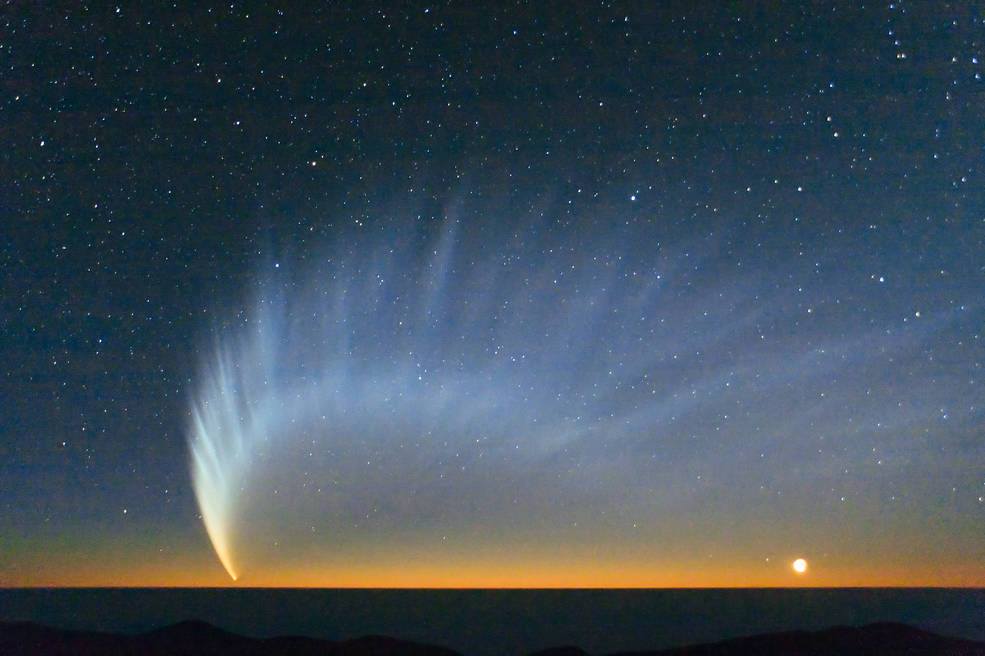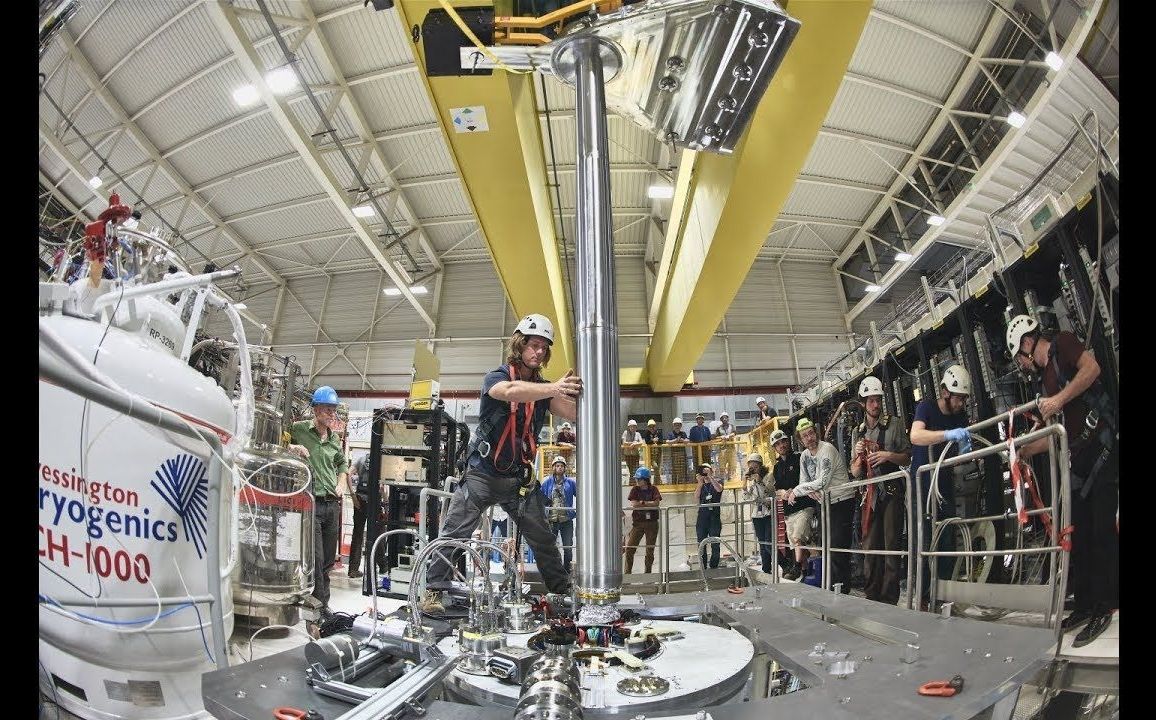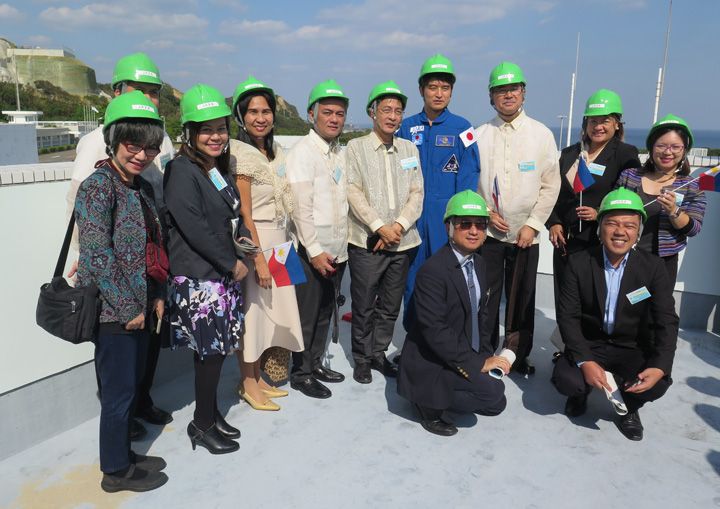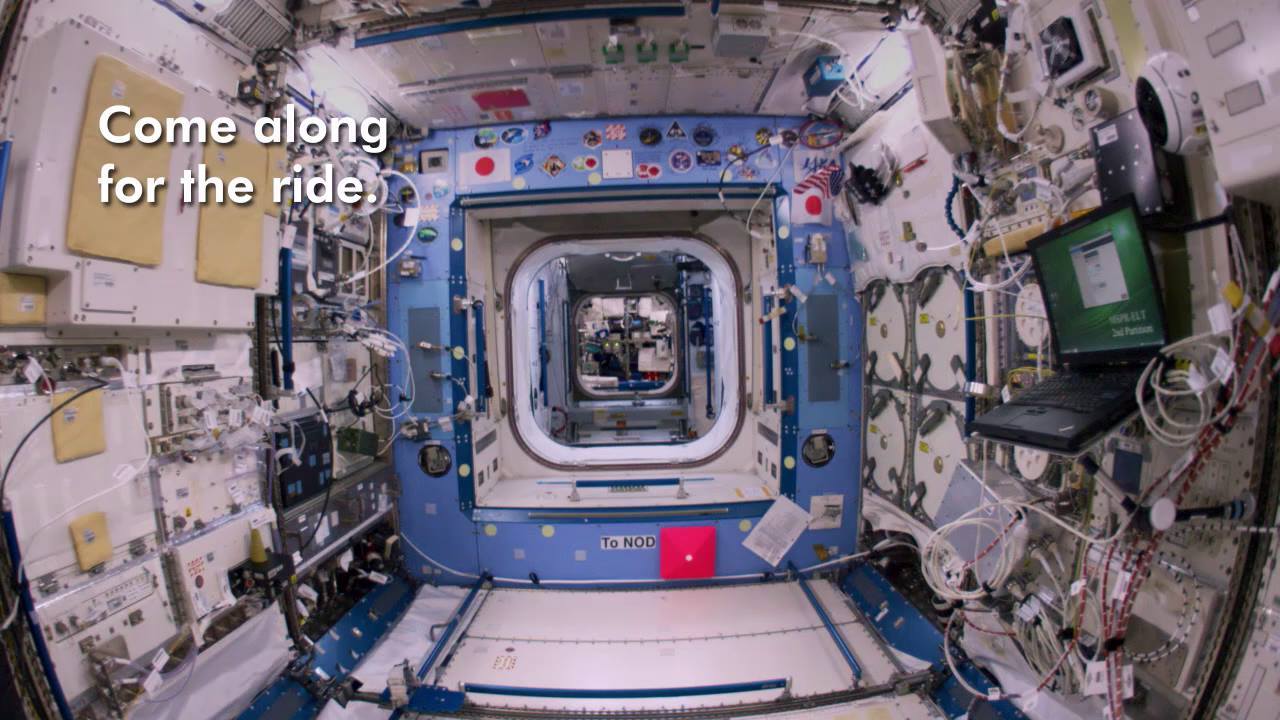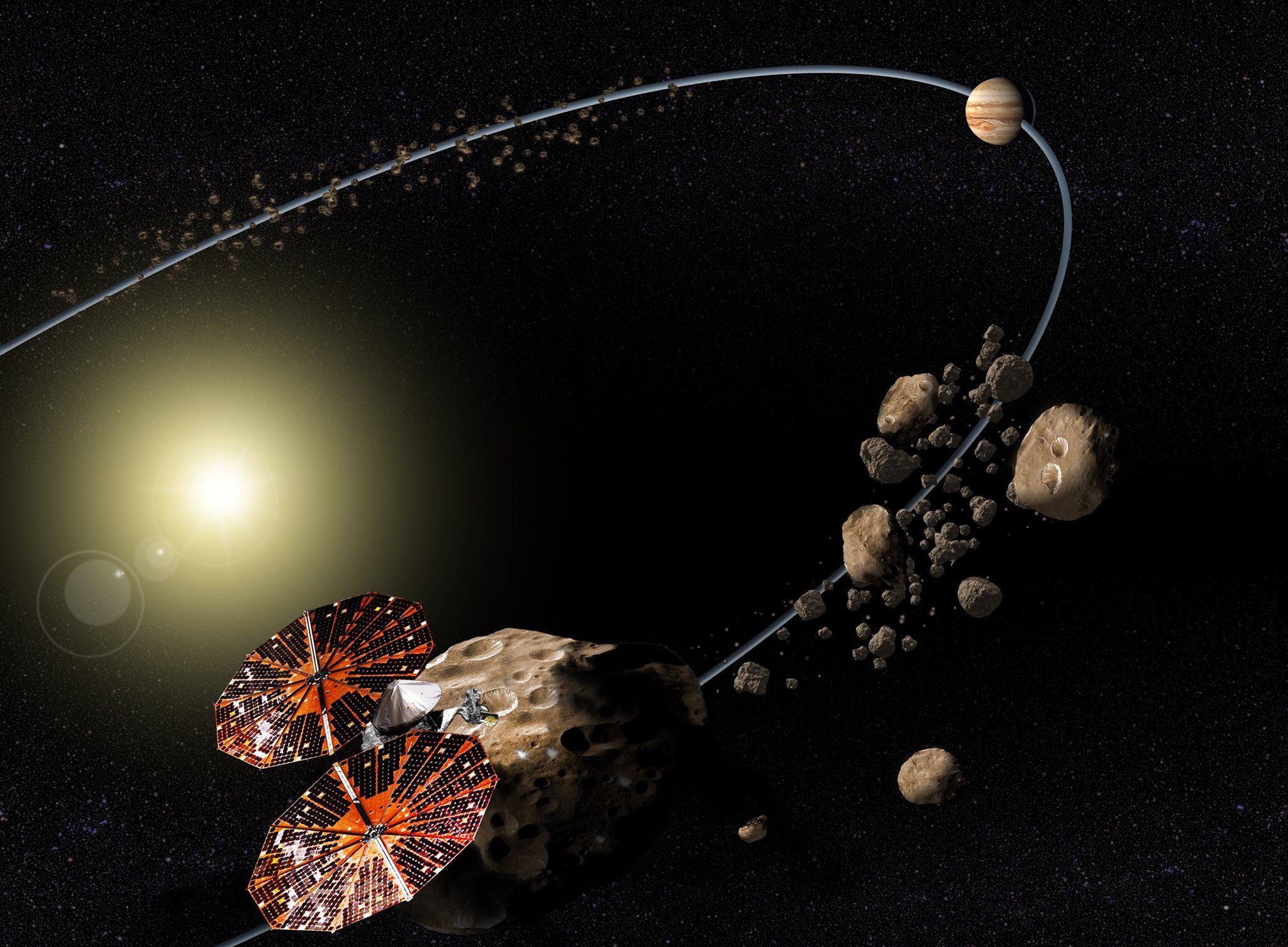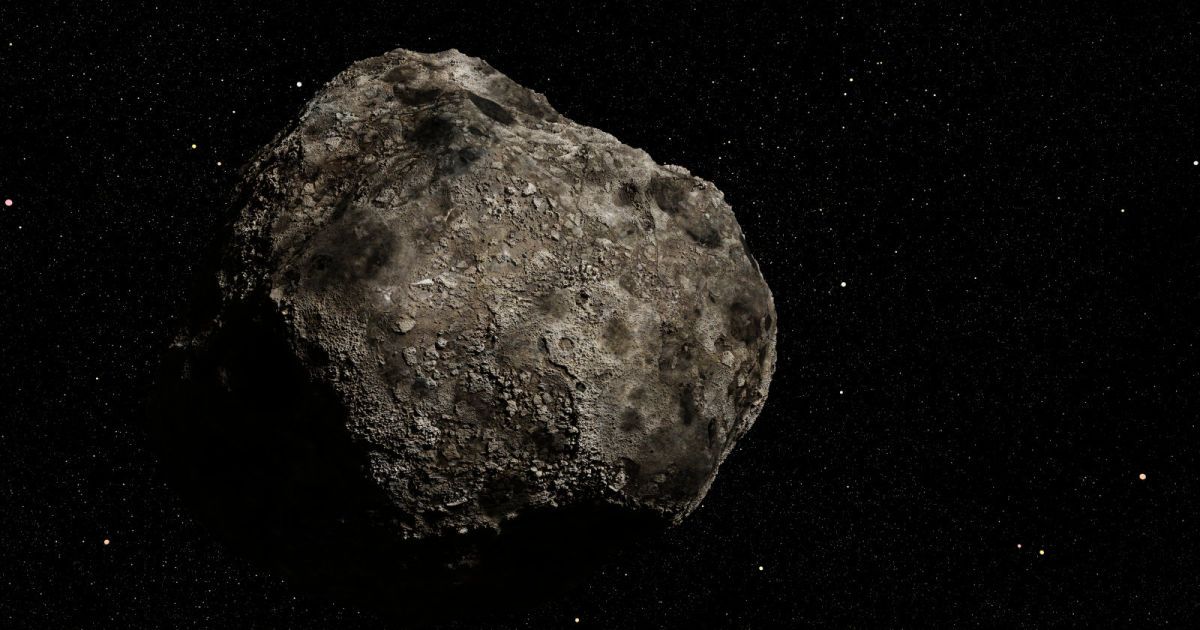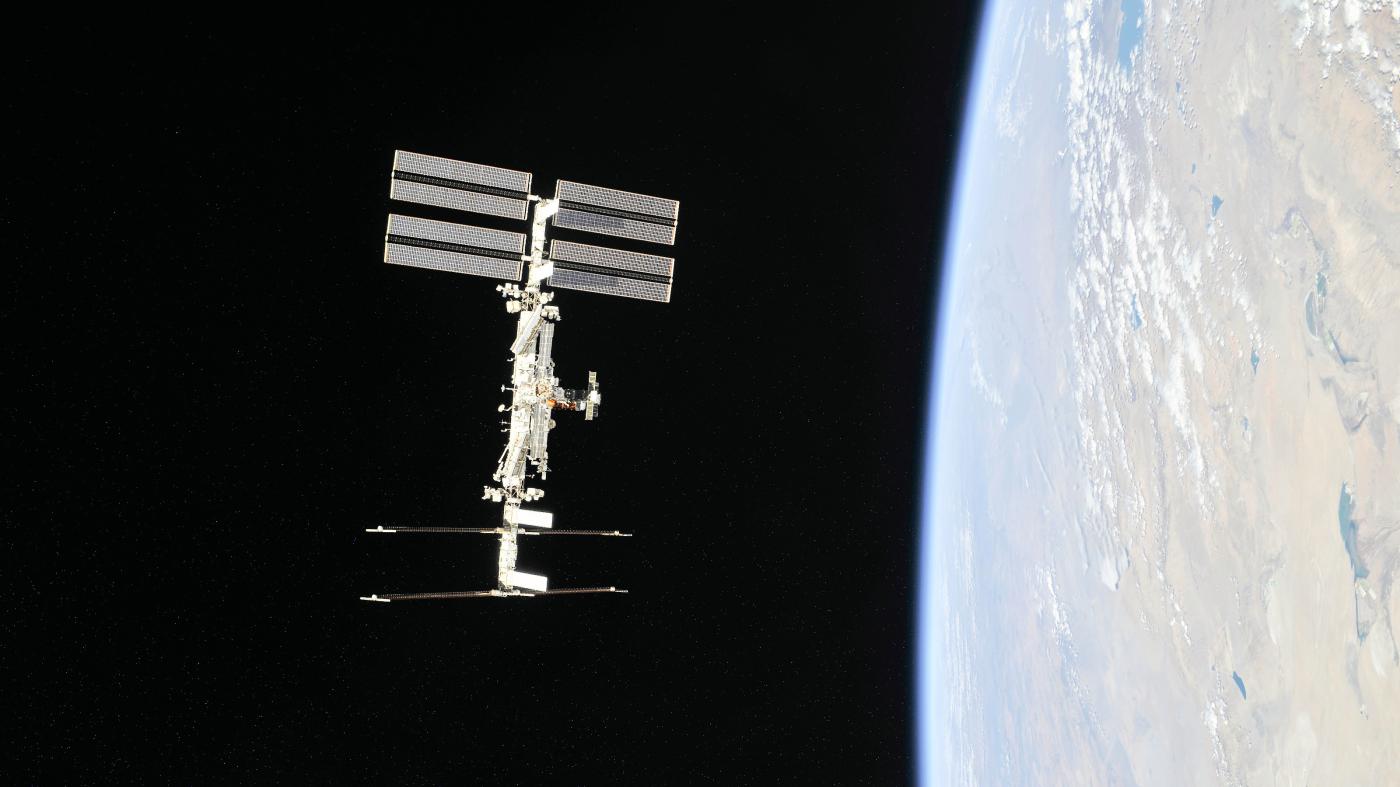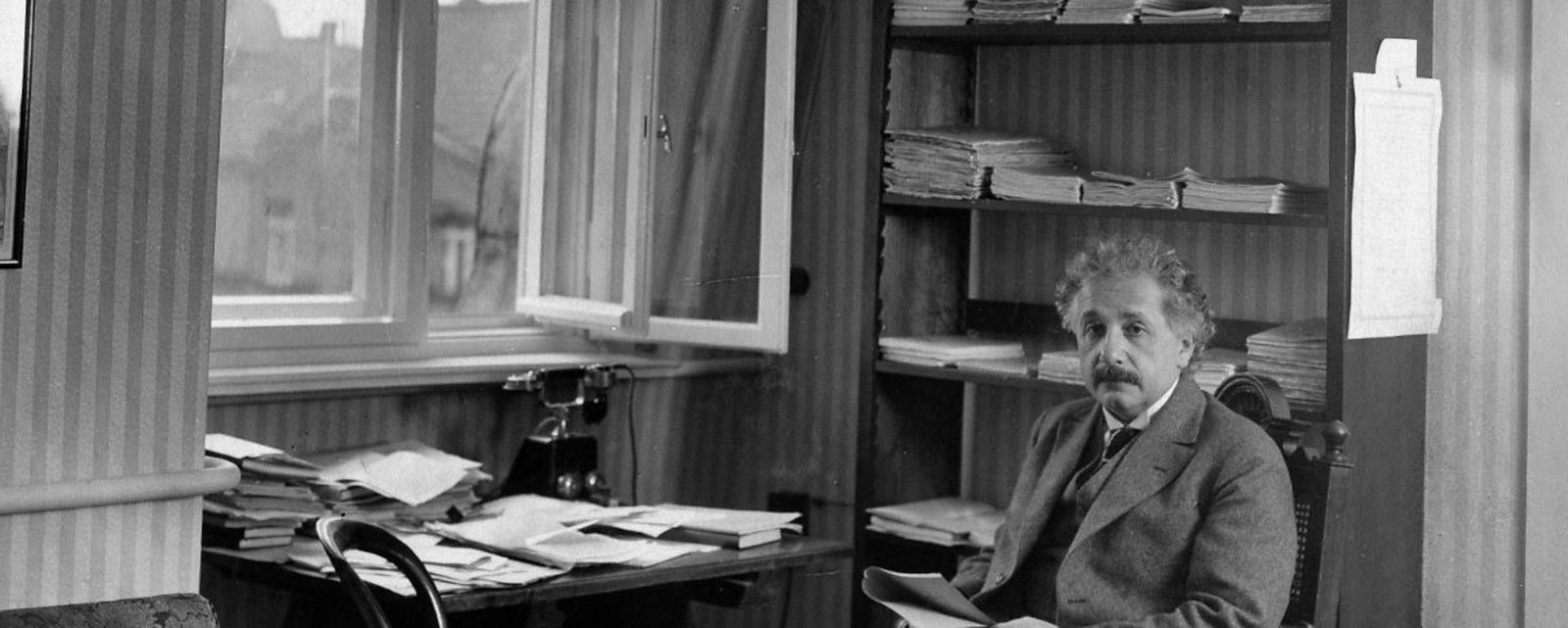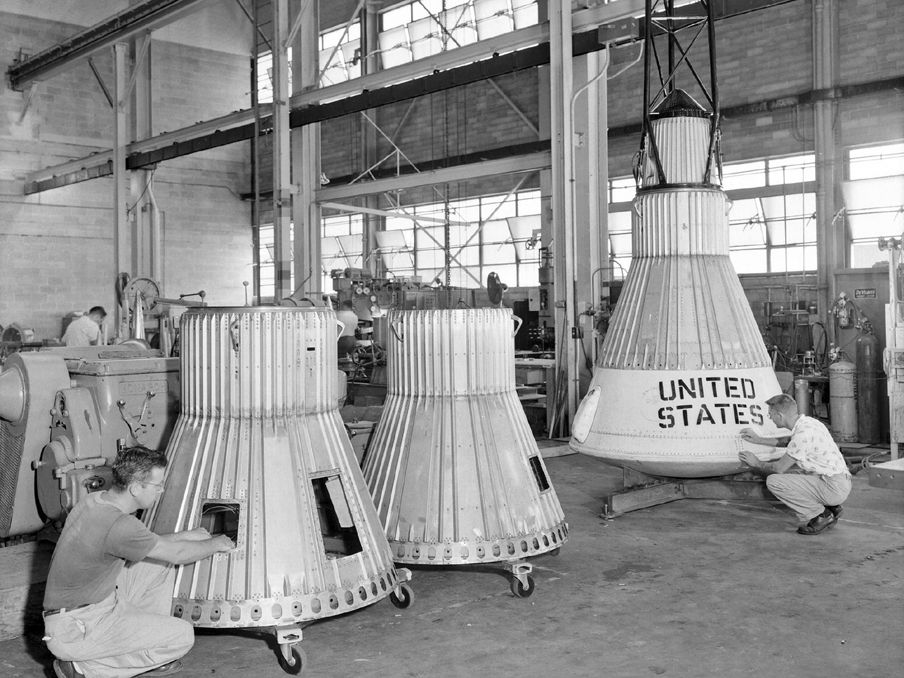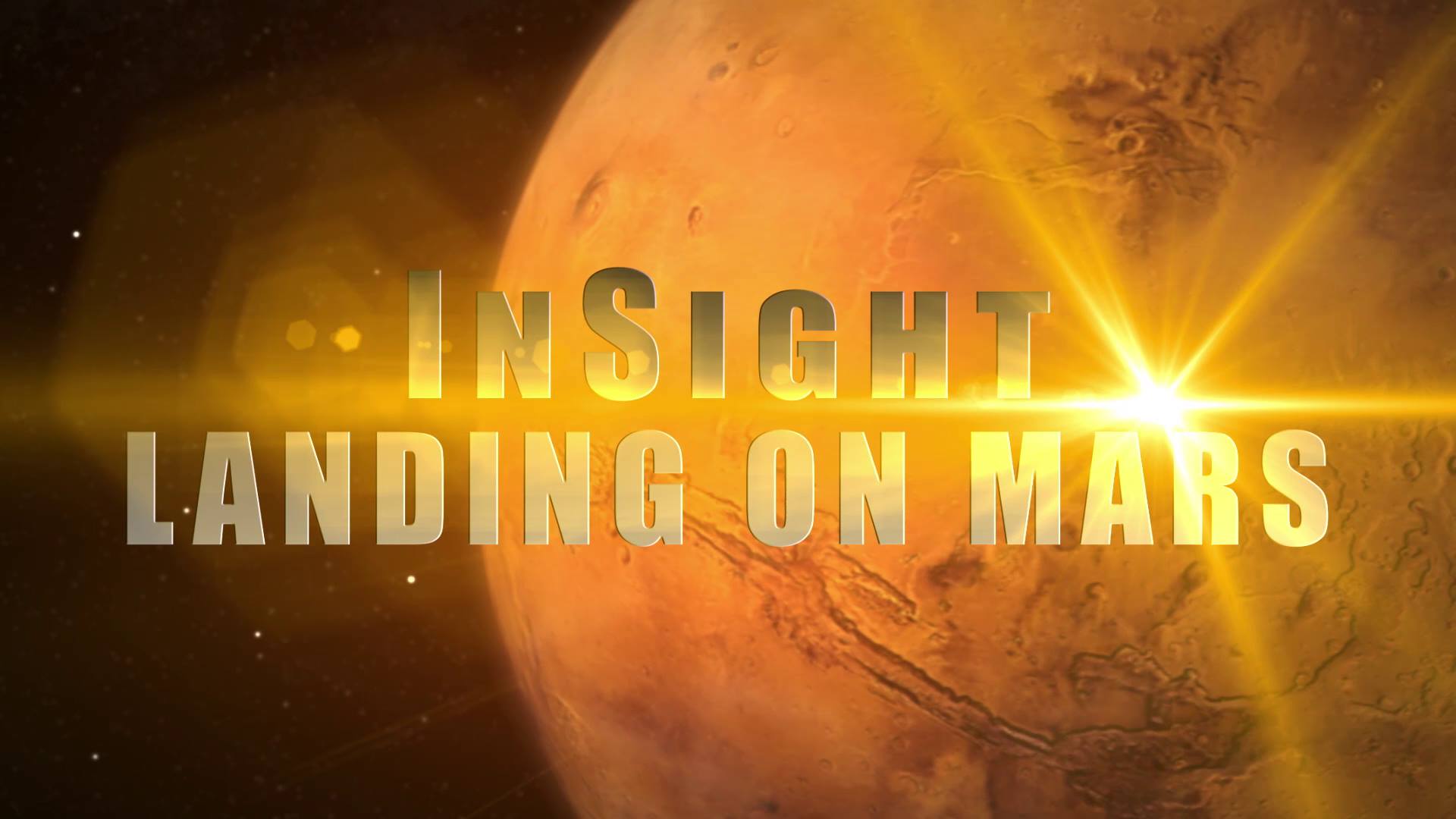Aside from being comets, they both offer valuable insight about how solar wind affects the dust tail—the long stream of dust following in the comet’s path. Scientists used a temporal map, which layers information from multiple images, to discover that variations of solar wind push the dust around like a ruffled feather—suggesting that the dust is electronically charged. This discovery sheds light on the processes that formed dust into asteroids, moons, and planets in the early days of our solar system.
Category: space – Page 890
Physics tells us that a hammer and a feather, dropped in a vacuum, will fall at the same rate – as famously demonstrated by an Apollo 15 astronaut on the Moon. Now, CERN scientists are preparing to put a spooky new spin on that experiment, by dropping antimatter in a vacuum chamber to see if gravity affects it the same way it does matter – or if antimatter falls upwards instead.
What was it like to see, up close, the H-IIA rocket (that carried Diwata-2) leave the grounds of Japan’s Tanegashima Space Center last October 29? Here’s a firsthand account from BusinessMirror.
WHILE waiting for the launching of Diwata-2 at the view deck in Tanegashima Space Center in Kagoshima, Japan, with our cameras trained at the launch site, Dr. Joel Marciano, the head of Philippine Scientific Earth Observation Microsatellite Program (PHL-Microsat) whispered: “Don’t just look at the rising rocket [named H-IIA F40 that carries Diwata-2] through your camera. Look at the real event so you can feel it.”
I didn’t know and did not have the time to ask what he meant by “feel it.”
But as the countdown started and the rocket began rising into the sky with Diwata-2 on it, I began to understand what Dr. Marciano meant.
Four is the point Max Faget and Paul Pursur were trying to make in their quest to prove that harnessing that many modified Sergeant engines would make a $200,000 vehicle that would perform as well and with more flexibility, and would less cost than a $2.5 million Atlas or $1 million Redstone rocket.
Faget and Purser were two NASA space pioneers, whose aim was testing some of the Mercury components that would evolve into Apollo, including the escape and parachute systems and recovery methods, plus the performance of the space capsule under pressure at altitude.
Little Joe got off to an ignominious start when it blew its top one day at Wallops Island.
InSight Landing on Mars
Posted in space
